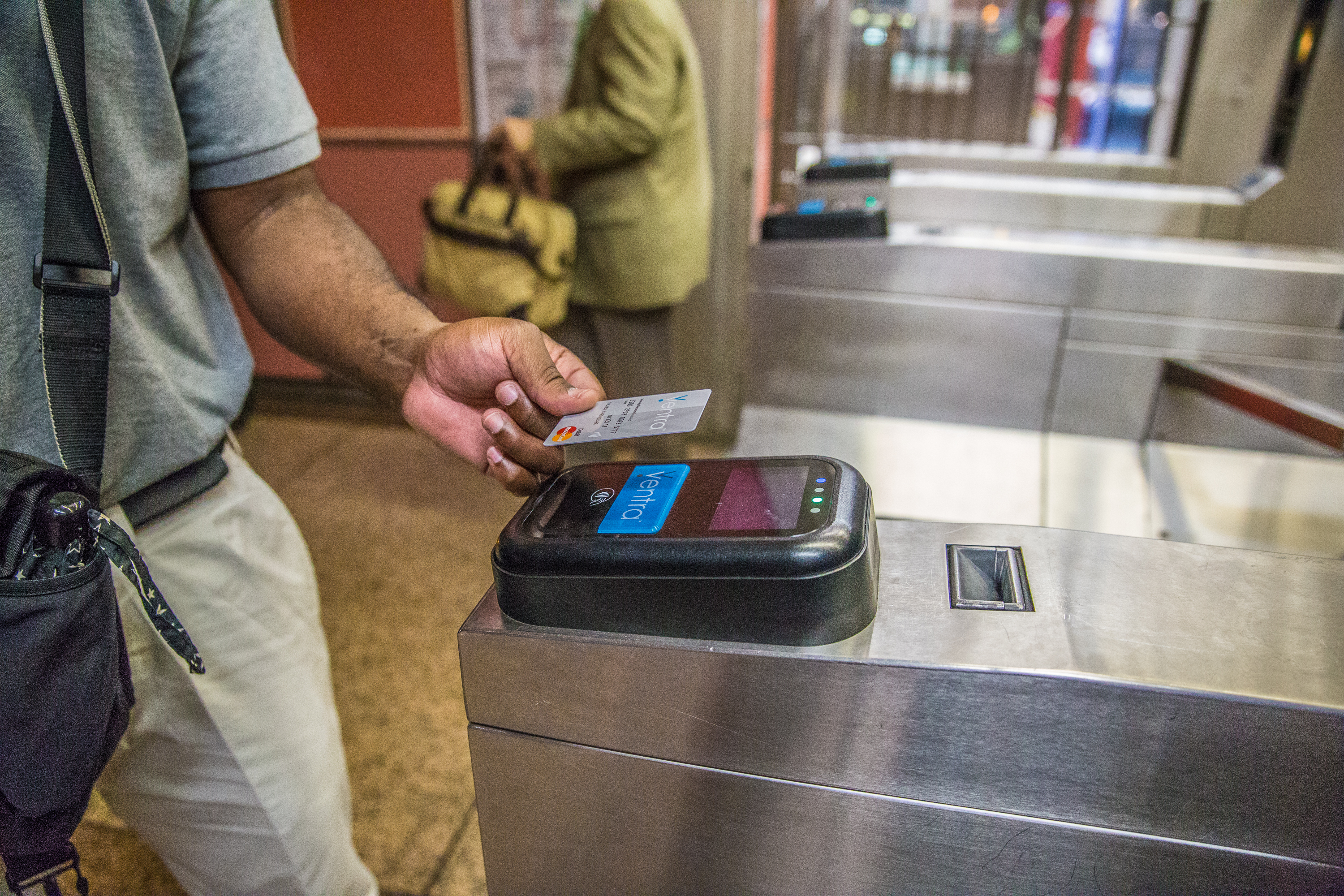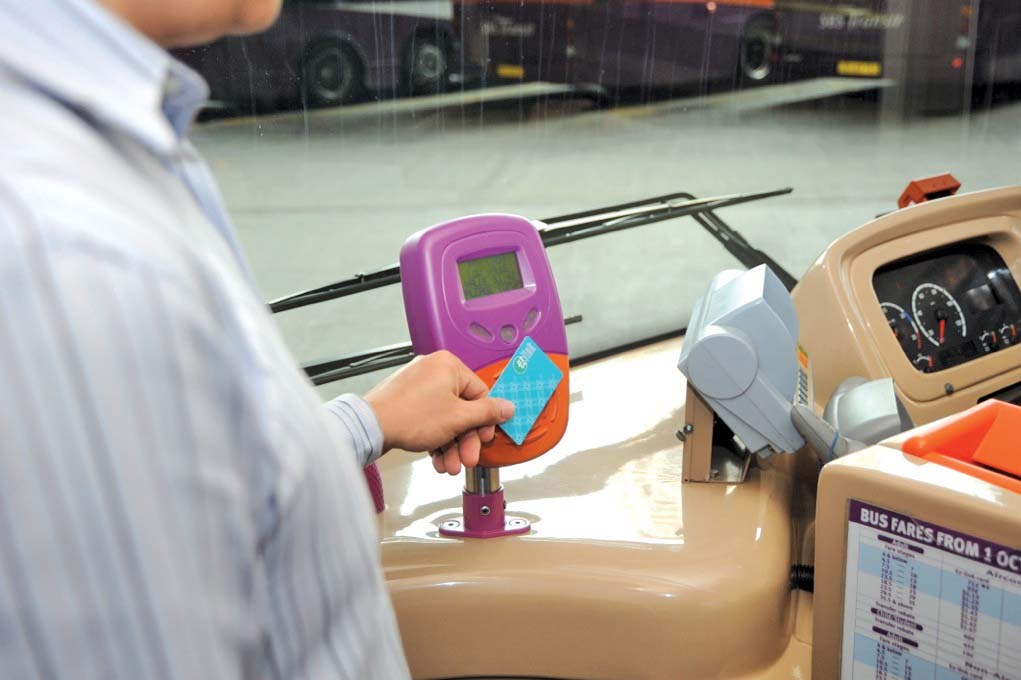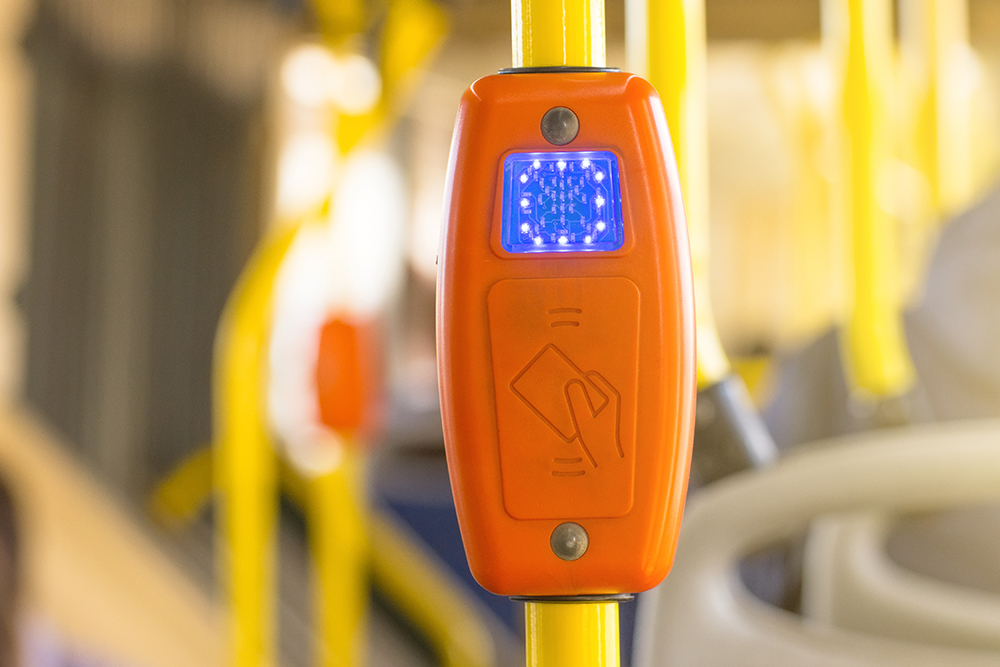
Having spent his working life in transportation, Larry Yermack gives his views on today’s technology challenges.
I remember it vividly; it was the late 80s, soon after I started as CFO of the Triborough Bridge and Tunnel Authority and I was standing mid-span on the deck of the Verrazano Narrows Bridge on a Friday afternoon. I was using a cell phone the size of a brick to arrange a document delivery to my home address on a Saturday morning – not an easy thing to do in those days.
Then I had a moment of lucid clarity and realised that technology was going to change irrevocably the way we do business. What I couldn’t predict at the time was how far and how fast it would come.
In those days, the private and public sector had an equal grasp of new technology. Today, the gap has widened into an impossible gulf as the corporate world has marched well ahead of anything the government or transport authorities can emulate. The ability of technology to transform transportation systems is well ahead of governments’ capability to utilise it.
New York University’s Rudin Centre for Transportation Policy & Management captured the mood in its recent report Re-Programming Mobility: ‘It’s 2030. Google has taken over Atlanta’s transportation system. Automated cars have failed to solve Los Angeles’s traffic problems (driving is hands-free, but still a nightmare). New Jersey has a fleet of smart buses and on-demand ‘jitneys’ while Boston is hyper-dense - people live in downtown micro-apartments and get around mostly by walking and cycling.’
In 15 years, innovations like Uber and self-driving cars will ‘re-invent how our roads, transit systems, and freight and logistics networks function,’ says the report. ‘The consequences could be strange and far-reaching. The forces driving these changes aren’t governments and tax dollars. They’re smartphones and private enterprise, which will remake transportation to the same degree the expansion of the interstate highway system did in the 1950s and ‘60s.’
For governments the big question is how to deal with these rapid changes within their own offerings.
Apps
The most significant trends to address are the great tech dichotomy between the public and private sector (which affects procurement); the shift to the back office; and the creation of ‘customers’. Let’s look at them serially and then posit a way to address all three.Today is the time of the greatest disunion between public and private utilisation of technology in history. One of the clearest examples of this is the proliferation of smartphone apps. Developers can spend a few days coding and come up with a completely new way to use public data for personal use. It’s not just Apple and Google in the play, but literally hundreds of ways now exist to access transit schedules, routes and stops, or warn of delays and interruptions, highway incidents and accident data.
Currently, there is no way to tempt these individuals to work for a public agency. They might be interested in transportation today and pet food tomorrow. Transportation agencies needs to engage with these individuals in a creative process that make life easier for them to develop apps that could help the travelling public. Many agencies have already taken this approach, by making their data stream available to the developers and encouraging them to publicise their work.
The more advanced authorities host Open Data-hackathons and publish their application programming interfaces, but still do not derive any direct benefit from the apps. One suggestion that I can offer is for an agency to make an exchange for the use of their data stream, so they can incorporate new features and benefits into their own website and apps.
Another pressing problem is how to specify the technology for pubic systems. A system specified in 2014, with the bid in 2015 and installed in 2016, has an expectation that it will last until at least 2021. How can an agency hope to stay current with technology when they are several years out of date before the service even starts? What is needed is a new model for public/private cooperation that requires regular technology refreshment, but has the incentives for provider and user pointing in the same direction.
Over the last several decades, the ability to move, store and retrieve large quantities of data quickly and cheaply has improved dramatically. However, toll, fare and ITS systems are still designed to depend on the sensor end of the systems and not the back office. It seems the system designers have missed out the new reality. Think of it as a mop - would you control a mop by holding on to a strand or to the handle?
At the same time there has been a proliferation of paid urban transportation systems. We now have transit, tolls, parking and a wave of shared use operators but to use all of the shared use services in San Francisco, for example, a user would need to have 14 accounts. These trends suggest that the time is right for a single back office to serve all of the paid transportation services in a city.
Unified Payments
In response to this foreseen demand by both end users and agencies, Cubic has developed the concept, supported by state-of-the-art platforms, to deliver a unified transportation payment system and has already deployed it in Chicago. When fully implemented it will offer journey planning, information pre- and en-route, pricing and payment, all within a single account. Imagine the convenience that will offer the user and the savings for operators able to share a back office. Above all, think about the benefits to the region when all of its individual passengers connect together.
The Ventra card is an open payment system designed to accept bank-issued contactless cards as fare media directly at the fare box, turnstile and elsewhere. This is in sharp contrast with the card-based systems that have typified transit fare collection since the first contactless card appeared in 1999. The account-based (open payment) processing of transit fares represents a fundamental shift at the macro level from prepayment where cash is collected before travel. This shifts the intelligence from the card reader to the back office.
The Ventra card also includes a prepaid debit account, creating the ability to pay for transit and everyday retail purchases including groceries and online shopping, with a single card. It goes to demonstrate what a PPP relationship can do when it dares to shift the boundaries of conventional transport thinking – benefiting the providers, agency and consumers along the way.
The final technical challenge is the creation of the ‘customer’ – in this case a member of the travelling public. I know that might sound a bit odd, but until there were customer accounts, everyone was anonymous - cash and token users were unknown to the operators, but with the advent of electronic toll collection systems in Texas, Louisiana, New York, and California, the individual traveller became real.
Perhaps those travelling in the 90s were a bit less demanding but today’s millennials expect everything on their phones. I have two daughters in that generation and they have no car, no landline and no broadcast TV, but they sure have their iPhones. They expect a host of services and information to be available on the one device and up to now, public websites and apps are woefully lacking compared to private initiatives.
Frankly, I have more questions than answers at this time but know that we need to redefine the relationship between corporate America and the public transportation business. We need to address technology, contractual agreements and financial alignment.
We need a new PPP model based on, dare I say it, some trust. All I can say is that if I ever get the chance to stand on the Verrazano Narrows Bridge again, equipped with my ultra-slim smartphone, electronic documents and sat-nav communications, I shall just marvel at how right I was all those years ago…
About the author
Larry Yermack is a strategic advisor to Cubic Transportation Systems and president of Wendover Consult. Over the past 25 years he has held positions at Parsons Brinckerhoff, Televent, TransCore, Iteris and Eberle Design.











